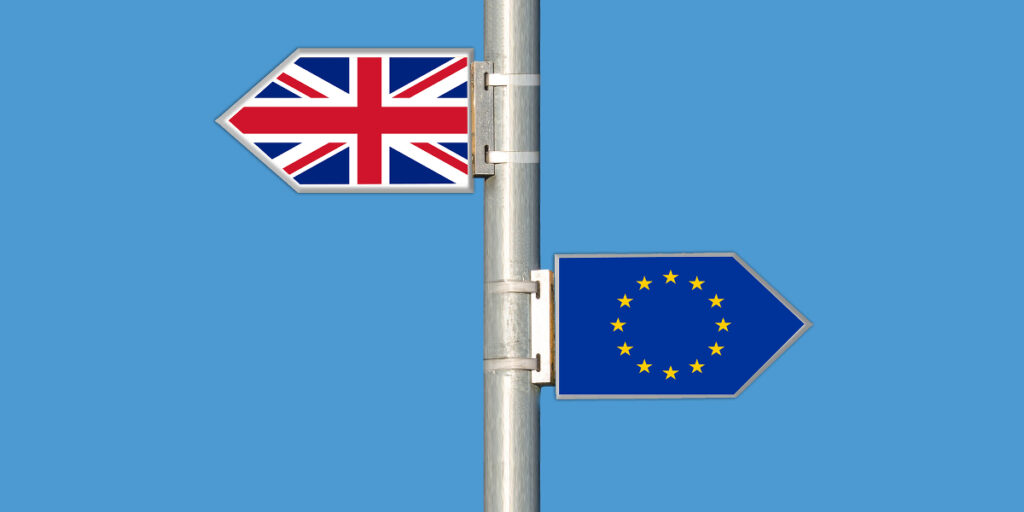The European Audiovisual Observatory reported today that the number of broadcasters relocating away from the UK has fallen back to pre-Brexit levels, suggesting that an exodus away from the UK which was primarily caused by Brexit is now finally complete.
This broadcaster exit (or ‘brexit’, if you will) has been significant: the Observatory previously reported that the number of TV channels based in the UK had halved between 2018 and 2020, from 1230 to 586.
The Observatory says that many of the relocations have been subdivisions of international broadcasters such as Warner Bros. Discovery, Disney, Viaplay, NBC, Paramount, Antenna, SPI International, as well as versions of Sky and BBC targeting foreign markets and international channels aimed at pan-European audiences in general.
Obviously these broadcasters haven’t pulled out of the UK completely. Rather, while smaller broadcasters or individual channels owned by those groups could previously base themselves in the UK while broadcasting to one or more EU countries abroad, now they’ve had to relocate across to the mainland continent.
Spain, The Netherlands, Germany, Sweden and The Czech Republic were the main destinations for networks that chose to relocate. Several of those markets had been actively pitching themselves as new European hubs for broadcasters, spotting a post-Brexit opportunity to attract new business.
UK + ECTT, or EU + AVMSD?
The reason for this mass evacuation comes down to the EU’s rules around broadcasting licences – rules which have previously benefited the UK by allowing a number of TV businesses to base themselves in the UK even though they didn’t actually serve UK audiences.
The ‘Country of Origin’ principle enshrined within the EU’s Audiovisual Media Services Directive states that broadcasters are permitted to transmit across the entire EEA so long as they comply with the rules of their host country, which of course must be a country from within the EEA.
Many broadcasters chose to set up shop in the UK, obtaining a licence for UK regulator Ofcom. Ofcom’s guidance is considered by broadcasters to be very clear and detailed, thus being relatively easy to comply with.
But since the UK has left the EU, it no longer falls under the AVMSD, which effectively left UK-based international broadcasters with two options.
A separate piece of legislation created by the Council of Europe (which the UK is still a part of) similarly allows for broadcasters based in one member state to also broadcast in other member states. This piece of legislation, the European Convention on Transfrontier Television (ECTT), sets its own rules which broadcasters have to comply with in order to broadcast across borders.
So broadcasters could have chosen to remain based in the UK and be governed by the ECTT, but there were a number of drawbacks to this. Not all EU member states are signed up to the ECTT, and it doesn’t cover on-demand content or streaming services (since it was written in the eighties). It’s also generally less comprehensive than the AMSD, and doesn’t have mechanisms for conflict resolution.
The alternative was to relocate to an EU member state – a move which also had its drawbacks. Broadcasters had to physically locate at least part of their business to that country, or else try to justify saying they were established in the country using technical rules around satellite uplink. Either way, they also had to learn the rules of that country’s TV regulator.
But clearly of the two options, many saw the latter as preferable.





